The Outer Worlds: Spacer's Choice Edition Review
PC
The Outer Worlds: Spacer's Choice Edition is what Obsidian does best: a character-driven RPG that allows you to resolve situations however you see fit.
Reviewed by Rayan on Mar 20, 2023
The Outer Worlds doesn't need an introduction. It's no secret that there is a thriving hotbed of the particular style of Obsidian role-playing. When Obsidian announced the game in 2019, fans of the Fallout series couldn't help but get psyched. It has all the makings of a compelling game. It is a masterpiece of systems-driven game design that succeeds in delivering a unique story, and every role-playing fan wants to experience it.
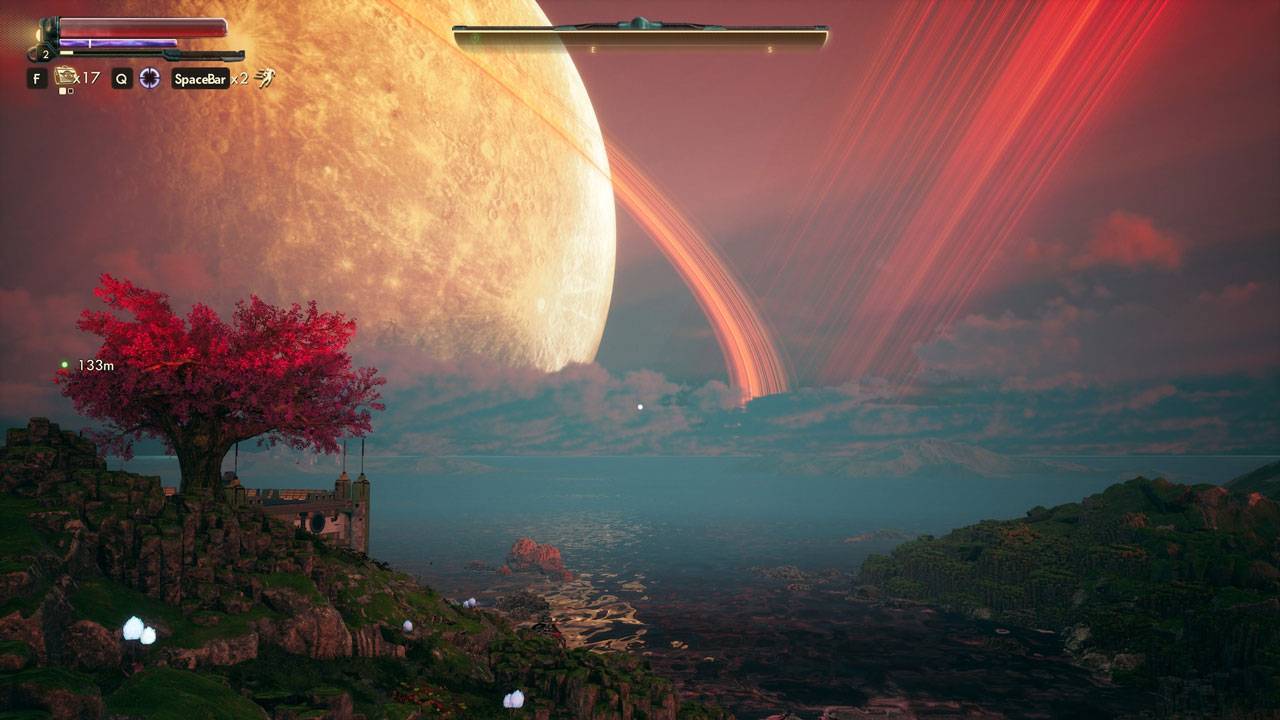
Everyone had faith in the studio, but whether or not they would receive a game that satisfied their high standards was still up in the air. In the end, there were many mixed reactions, while we were pleased with our experience quoting The Outer Worlds as an outstanding game. Four years after its first release, we get our hands on The Outer Worlds: Spacer's Choice Edition. With such lofty expectations, the game is very much alive and well in the galaxy's frontiers.
If you've played The Outer Worlds, you know that the Peril on Gorgon and Murder on Eridanos expansions were mentioned immediately after starting the game, another slight touch demonstrating Obsidian's meticulousness. As is the case with many add-ons, these are more enjoyable and more easily accessible after having spent some time with the main game.
On the other hand, the Spacer's Choice Edition largely improves the game's visuals, and the graphical overhaul is the only noticeable upgrade in this next-gen remake. Console gamers can choose between a "Performance" mode that aims for 60FPS at the expense of some visuals and a "Cinematic" mode that caps the frame rate at 30FPS. Improved lighting, longer draw distances, and higher-quality assets make the game's expansive cosmic surroundings look more realistic than before.
The current generation's superior performance made The Outer Worlds: Spacer's Choice Edition's gameplay feel slightly more refined than the original title. Since The Outer Worlds is a first-person action role-playing game focusing heavily on battles and exploration, you can only tell the differences if you've played the original game. In the same vein as the Fallout games, it's a timeless masterpiece from the Fallout developers that improves upon the tested formula.
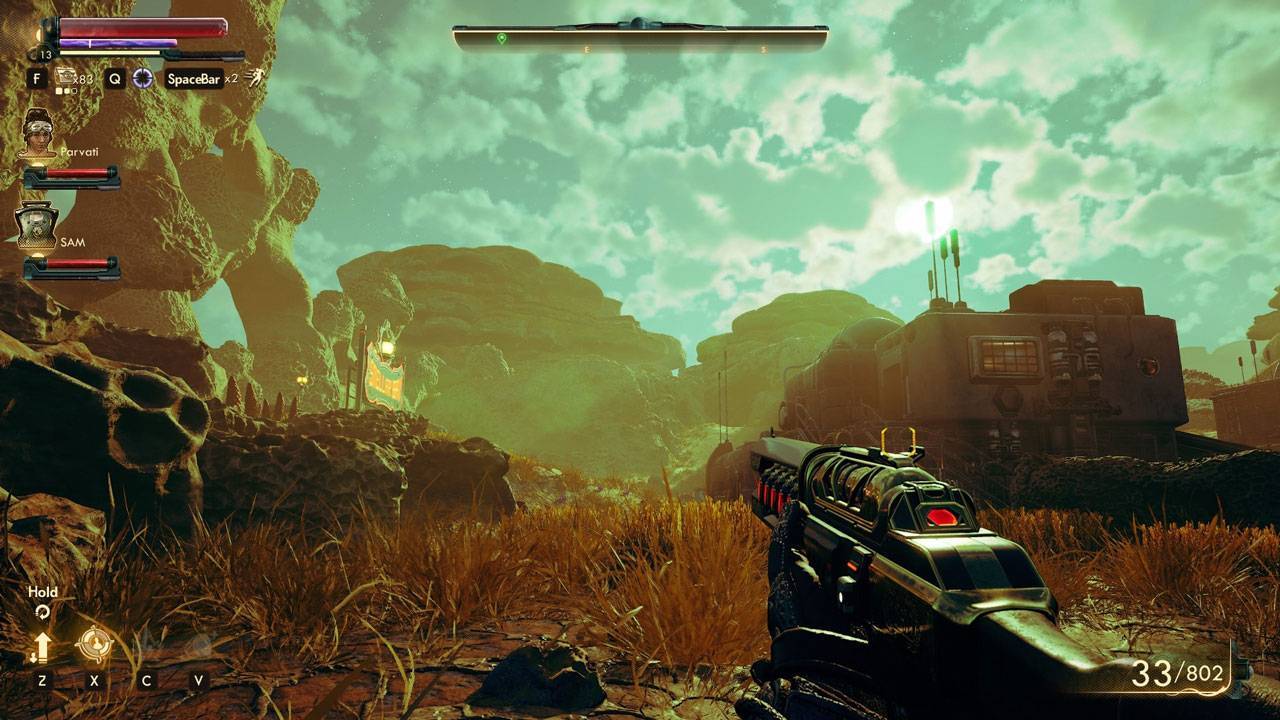
Given the game's first-person viewpoint, you will be using a scope to target your enemies, and your character can slow down time and use this to their advantage in battle, much like VATS in Fallout. The game offers a wide range of alternative methods for completing missions. Furthermore, exploration and traversal are required in most situations, especially when combined with stealth to open up new pathways through highly unsafe terrain.
The Outer Worlds events occur in a colony that spans the entire solar system and is governed by corporate feudalism. The game is known for its morbid sense of humor, with sarcastic slogans and mascots with bulging eyes around every corner. It's disappointing that no new plot elements were introduced in The Outer Worlds: Spacer's Choice Edition. The game will remain enjoyable, but newcomers will be more likely to invest in the full experience.
Repeating the same story throughout the game can get monotonous without twists or turns for those who've already played it. If you're playing it for the first time, you'll enjoy the core story and the DLC additions. The only drawback is that you can only move on to the DLC once you've finished the story, and everything has stayed the same since it was first published. But if you're playing it for the first time, you'll spend a good chunk of time wandering aimlessly before eventually becoming embroiled in some morally ambiguous local conflict and choosing sides.
Looking at it objectively, the story of The Outer Worlds: Spacer's Choice Edition isn't particularly complex, but sometimes the simplest explanations are the most effective. The game strongly emphasizes a critique of capitalism as a system. It relentlessly mocks business norms, from advertising to the insatiable avarice that permeates the corporate world. The game's events occur several centuries in the future, around the middle of the third millennium. The first steps toward human colonization of the cosmos have been taken, led by major corporations.
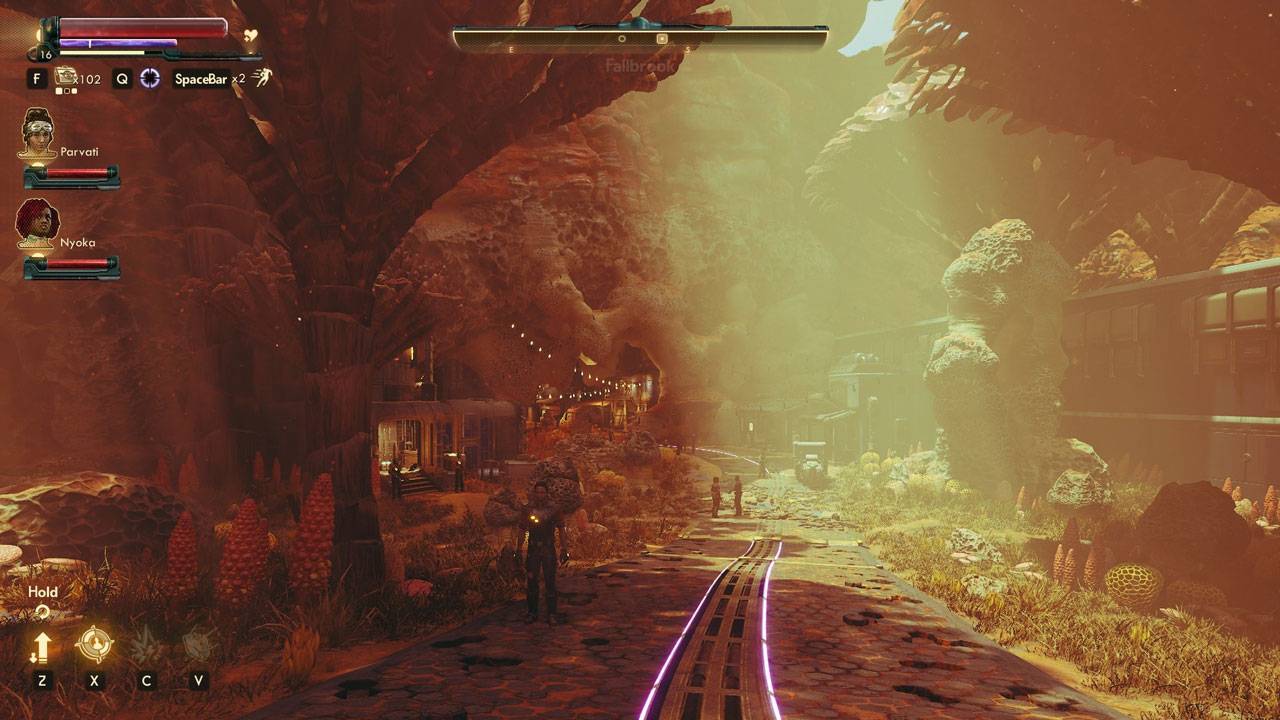
Regular deployments of massive ships stocked with hibernating skilled workers supply the various new colonies with the men and women they need to thrive. The story starts when Phineas Welles, the ship's doctor, defrosts your character on the spaceship called Hope. He wakes you up with the last of his chemical concoction, asking you to locate resources that could be used to eventually defrost the rest of the ship's passengers. During this straightforward mission, you'll visit several planets, and on each of them, you'll find strange colonies controlled by various corporations.
The narrative of The Outer Worlds: Spacer's Choice Edition is significantly elevated by the characters and the dialogue. Everyone you meet, whether a random NPC, a corporate lackey, one of your allies, etc., is fully realized and enjoyable to either root for or against. Every playable NPC has layers of lore and backstory that aren't immediately apparent.
You can learn more about their backstories and strengthen them as a whole by completing optional quests. The most notable aspects of this context are your travel partners, with whom you will spend the next twenty or more hours. You can have up to two of the game's six playable companions in your group at any given time, and each has its own storyline. The struggles that have shaped them as individuals can be seen through the quests they undertake.
The most notable change pertains to combat and centers around your allies' and foes' enhanced artificial intelligence of The Outer Worlds: Spacer's Choice Edition. Combats may appear dissatisfying initially, but engaging with the game will negate that impression. With various weapons and abilities at your disposal, battles eventually become exciting and rewarding. When using TTD Obsidian's VATS, combats are exciting and brief because they are always tactical. Not only can you land critical hits with these, but their effects differ considerably depending on where you target.
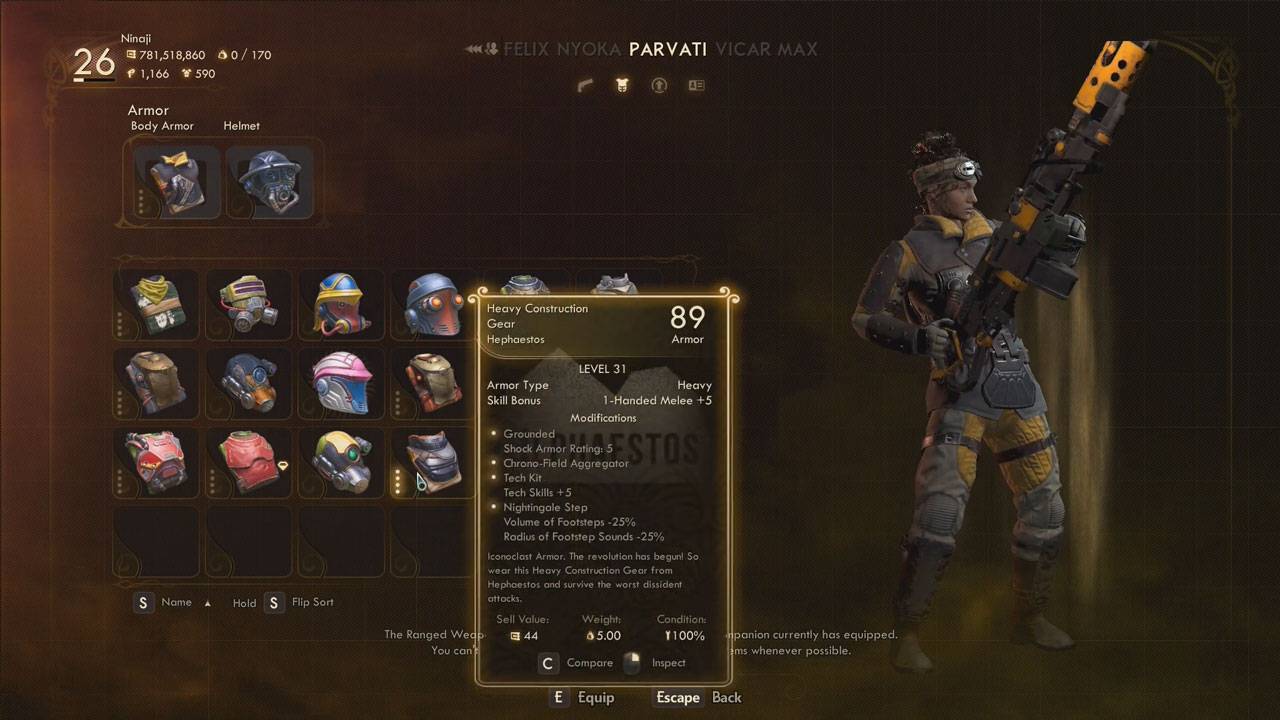
Companions add a layer of intelligence by actively seeking out new ways to attack enemies, and you can even tweak their behaviors to suit your needs. Whenever a fight breaks out, your allies rush forward to engage the enemy in melee, which can be problematic if you're trying to use a ranged weapon. However, they'll be more defensive calmly by hiding and changing positions behind covers if the combat stance is set as passive. While it does improve upon previous attempts, it hardly represents a revolutionary step forward.
Weapon-wise, The Outer Worlds: Spacer's Choice Edition has something for everyone. Many options in your arsenal allow you to play the game your way. The fact that so many of my preferred weapons used the same ammo type eventually grew tiresome, forcing me to switch to less effective weapons when I ran low.
Either the weapons that use specific types of ammunition need to be better balanced, or more types of ammunition should be created so that you have a wider selection of weapons from which to choose when they run out of their go-to. Due to the high cost of replacement energy cells, you might routinely need to work on balancing the finances. The key is to budget carefully, buy, scavenge, or steal as much as possible, and keep an idea of how much money you have left.
You might find yourself either short on ammunition or completely out of it, necessitating a shift in strategy as ammunition appears to be a limited resource. Your preferred weapon will be outclassed as you level up, but you can upgrade each weapon to deal more damage at lower levels. Along with its powerful weapons comes a fairly in-depth system for adding new features and improving existing ones. The in-game currency, Bits, can be spent at shops to fix broken equipment.

It can be fixed in the field or on a workbench. But to fix them, you need armor or weapon pieces, which can be difficult to acquire because they are typically salvaged from worn-out machinery. The aforementioned one-button repairs and junk sales apply to all-equipped gear. Add-ons, such as sights or damage modules, can also be installed on weapons. You can also improve your weapons and armor's DPS and effectiveness by tinkering with them.
The Outer Worlds: Spacer's Choice Edition primarily alters the game's framework by raising the maximum level to 99. Various specializations are available, including melee, ranged, defense, conversation, stealth, technology, and leadership. Now that players have 99 more points to spend on the colonists' equipment, they have more options than before in their battle against the board. It's important to note that the rate at which you gain perk points is significantly slower than the rate at which you gain skill points. Furthermore, you can focus your character's abilities with the help of over 48 different perks.
There is a wide variety of these, from an increase of +50% in experience gained from killing enemies with a companion to an increase of +10 in dialog skills. This provides even more fun opportunities for the game's current player base. However, you can play around with different class compositions once you've reached the level cap. There is no need to worry about squandering Experience Points, and you should feel motivated to keep fighting even after the story concludes. Those who intend to create a "perfect character" will appreciate the added freedom to raise their character's potential.
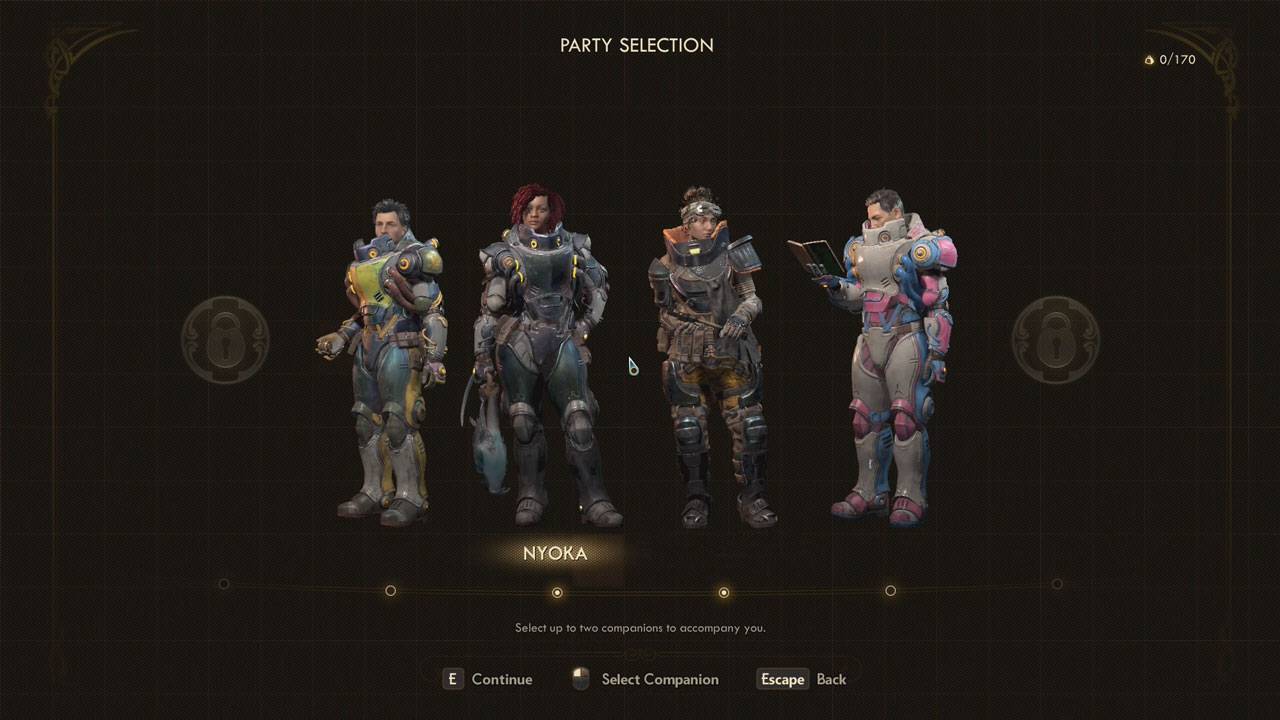
Though there isn't much in The Outer Worlds: Spacer's Choice Edition that would make you want to play through it again once you've finished playing once. The game lacks substance, and the story is forgettable. With the possible exception of Parvati, even the minor characters are quickly forgotten. And yet, time flew by during the game. However, after the initial excitement dies down, the problems become more apparent, and the game becomes relatively short for its genre. The quests are well scripted, and the voice acting takes them to the next level; however, the people you meet throughout the game have odd compositions.
You'll find yourself in pretty engaging situations as you pursue the various side quests, each with its unique flavor or lore and set of challenges. Many NPCs have backstories to tell, even if they don't have any quests for you. It's entertaining to strike up a conversation with the companions, and even more so when that character actively participates in the conversation with non-player characters, altering the course of events. The enemies' behavior has been significantly enhanced in terms of artificial intelligence. In the past, enemies would occasionally clip through the environment and act abnormally, but this is no longer the case.
The ability to explore the world around you is also crucial in games of this type, and The Outer Worlds: Spacer's Choice Edition isn't different either. You can find a terminal or materials that provide more information about the Halcyon world anywhere. Moreover, many of the locations you investigate will necessitate a skill check, the nature of which will vary according to your goals. Sadly, however, that's where my gripe with this genre comes from. You're constantly encouraged to go on a scavenger hunt.
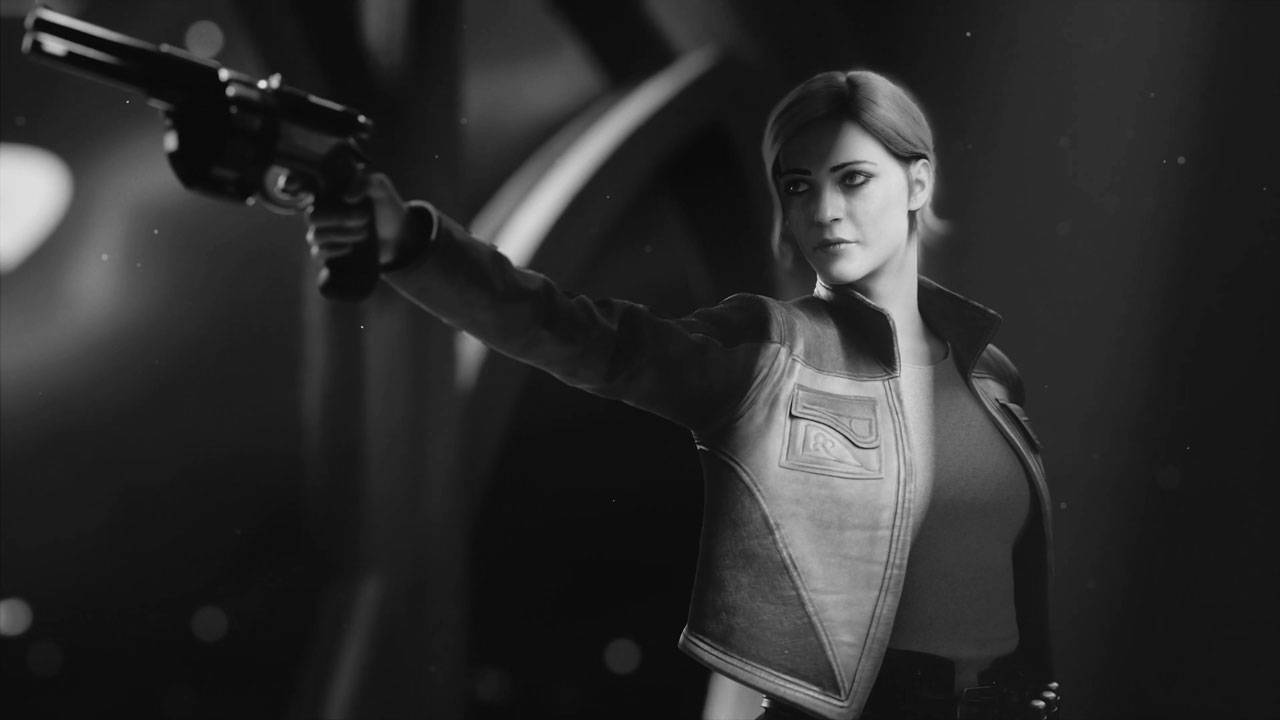
The majority of the time spent playing the game is consumed by an obsessive need to search for scattered information or items throughout the map and end up collecting pointless items. Many would still enjoy exploring every corner of the map and digging deeper into collecting items to craft their favorite weapon or armor. Moreover, many of the locations you investigate will necessitate a skill check, the nature of which will vary according to your goals. Disable robotic enemies by hacking a computer, access a large number of data by unlocking a safe, and much more.
Ultimately, The Outer Worlds: Spacer's Choice Edition features many graphical enhancements, but they do not come without a price. Characters and environments have received some fine-tuning in the animation department, though this isn't always immediately apparent unless you compare them to the previous-gen versions of the games.
Despite the excellent voice acting, the story isn't very interesting, and the player's choices to advance the plot are awkwardly forced upon them. The whole thing makes you feel like a foreigner in a strange land, forced to make difficult, far-reaching choices for people you don't know. It's a standard first-person adventure game with a unique visual style and interesting dialogue. Despite being a relatively short game, Obsidian did put a lot of life into the game.
Eventually, The Outer Worlds: Spacer's Choice Edition is what Obsidian does best: a character-driven RPG that allows you to resolve situations however you see fit. Although the game's skill trees are unremarkable, and its combat can become repetitive, it makes up for these flaws with a wealth of interesting minutiae and tidbits of lore hidden throughout the game. The world is gorgeous and full of vibrant colors, which is a nice change of pace from the usual photorealistic settings.
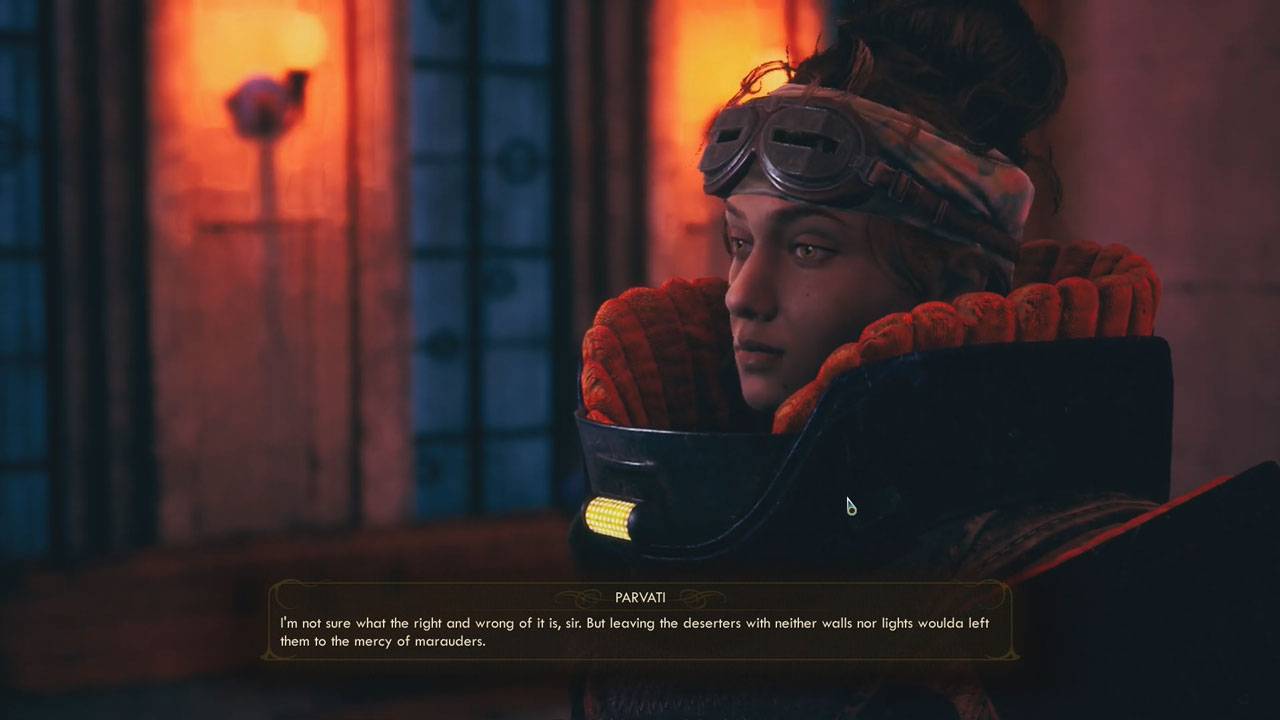
The game's overall quality suffers a little because of the constant irrelevant switching of gears and items that take the attention. Yet, it's a solid role-playing game where stories and choices matter more than mindless fetch quests. It is significantly enhanced graphically, and the AI is vastly improved compared to the original. Anyone who hasn't played the original or loves open-world RPGs might not want to miss playing The Outer Worlds: Spacer's Choice Edition.
Senior Editor, NoobFeed
Verdict
The Outer Worlds: Spacer's Choice Edition is what Obsidian does best: a character-driven RPG that allows you to resolve situations however you see fit. Anyone who loves open-world RPGs might not want to miss playing this game.
82
Related News
No Data.

